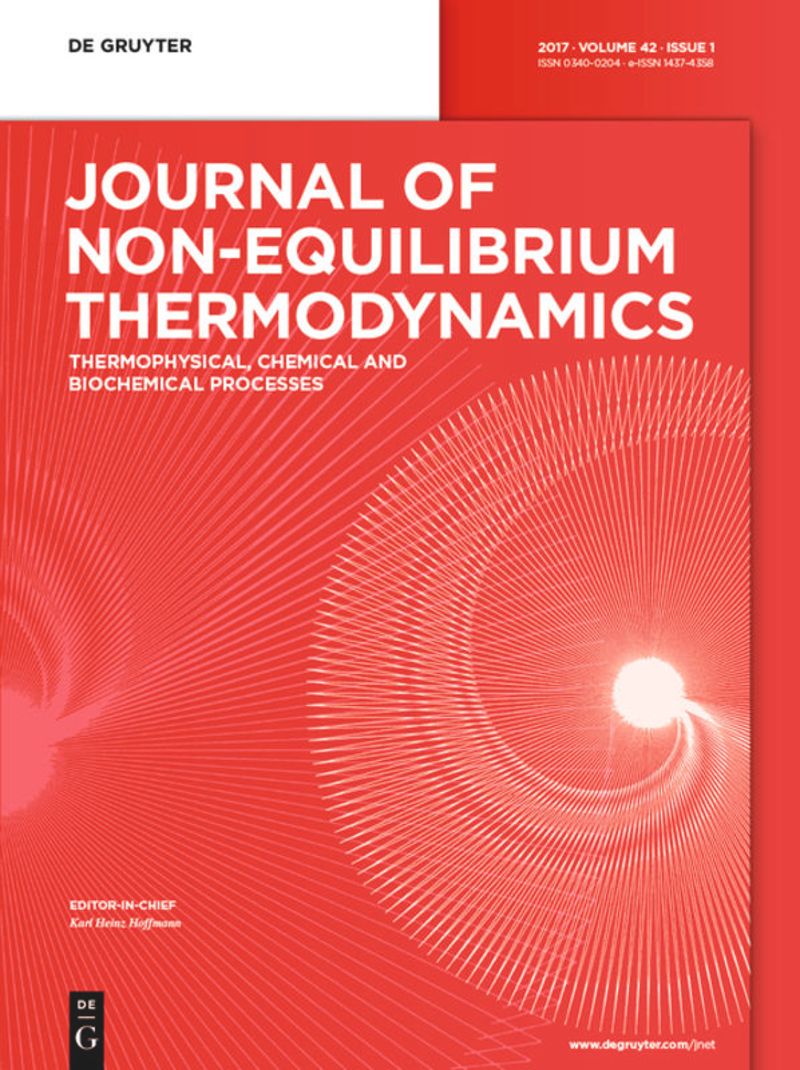研究在梅苏阿魏生物柴油中分散了纳米氧化铬 (Cr2O3) 的柴油发动机的运行特性:使用 ANNs 和 RSM 的实验和预测方法
IF 4.2
3区 工程技术
Q1 MECHANICS
引用次数: 0
摘要
本研究探讨了在柴油发动机中使用阿魏(Mesua ferrea)生物柴油(BD20)和纳米氧化铬(Cr2O3)的效果。开发了响应面方法(RSM)模型和人工神经网络(ANN),以精确预测运行参数。Cr2O3 纳米粒子的用量设定为 80 mg/L,表面活性剂和分散剂的用量相同。研究在不同的压缩比和负载条件下进行。评估参数包括作为输入的发动机负荷、燃料样品和压缩比,以及作为输出的 BTE、BSFC、CP、NHRR、CO、UHC、NO x 和烟雾不透明度。在含有 80 毫克/升浓度 Cr2O3 的 BD20 混合燃料中添加相同剂量(80 毫克/升)的 QPAN80 添加剂后,BTE 显著增加了 16.58%,BSFC 降低了 0.58%。虽然 NHRR 增加了 85.40%,但 CP 急剧增加了 24.47%。CO 浓度降低了 31.85 %,UHC 浓度降低了 22.22 %,NO x 浓度降低了 6.16 %,烟雾排放降低了 62.61 %。对于每个输出参数,使用 ANN 和 RSM 计算出的相关系数(R 2)在 0.96 和 0.98 之间。观察到的数值范围表明,实验数据与预测结果之间具有很强的相关性。本文章由计算机程序翻译,如有差异,请以英文原文为准。
Investigation of the operating characteristics of diesel engines with chromium oxide (Cr2O3) nanoparticles dispersed in Mesua ferrea biodiesel: an experimental and predictive approach using ANNs and RSM
This study investigates the effects of using biodiesel from Mesua ferrea (BD20) and chromium oxide (Cr2 O3 ) nanoparticles in diesel engines. The Response Surface Methodology (RSM) model and artificial neural networks (ANNs) were developed to make precise predictions of the operating parameters. The amount of Cr2 O3 nanoparticles was set at 80 mg/L, and surfactant and dispersant were applied to the nanoparticles in the same amounts. The study was carried out with different compression ratios and load conditions. The parameters evaluated were engine load, fuel samples and compression ratio as inputs and BTE, BSFC, CP, NHRR, CO, UHC, NO x and smoke opacity as outputs. The addition of the QPAN80 additive at the same dosage of 80 mg/L together with the BD20 fuel blend containing Cr2 O3 at a concentration of 80 mg/L resulted in a significant increase in BTE by 16.58 % and a reduction in BSFC by 0.58 %. While the NHRR increased by 85.40 %, the CP increased sharply by 24.47 %. The CO concentration decreased by 31.85 %, the UHC concentration by 22.22 %, the NO x concentration by 6.16 % and the smoke emission by 62.61 %. For each output parameter, the correlation coefficient (R 2 ), calculated using ANNs and RSM was between 0.96 and 0.98. The observed range of values demonstrates a robust correlation between the experimental data and the predicted outcomes.
求助全文
通过发布文献求助,成功后即可免费获取论文全文。
去求助
来源期刊
CiteScore
9.10
自引率
18.20%
发文量
31
审稿时长
1 months
期刊介绍:
The Journal of Non-Equilibrium Thermodynamics serves as an international publication organ for new ideas, insights and results on non-equilibrium phenomena in science, engineering and related natural systems. The central aim of the journal is to provide a bridge between science and engineering and to promote scientific exchange on a) newly observed non-equilibrium phenomena, b) analytic or numeric modeling for their interpretation, c) vanguard methods to describe non-equilibrium phenomena.
Contributions should – among others – present novel approaches to analyzing, modeling and optimizing processes of engineering relevance such as transport processes of mass, momentum and energy, separation of fluid phases, reproduction of living cells, or energy conversion. The journal is particularly interested in contributions which add to the basic understanding of non-equilibrium phenomena in science and engineering, with systems of interest ranging from the macro- to the nano-level.
The Journal of Non-Equilibrium Thermodynamics has recently expanded its scope to place new emphasis on theoretical and experimental investigations of non-equilibrium phenomena in thermophysical, chemical, biochemical and abstract model systems of engineering relevance. We are therefore pleased to invite submissions which present newly observed non-equilibrium phenomena, analytic or fuzzy models for their interpretation, or new methods for their description.

 求助内容:
求助内容: 应助结果提醒方式:
应助结果提醒方式:


